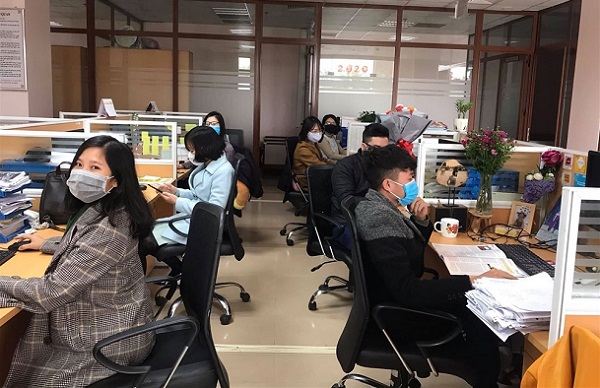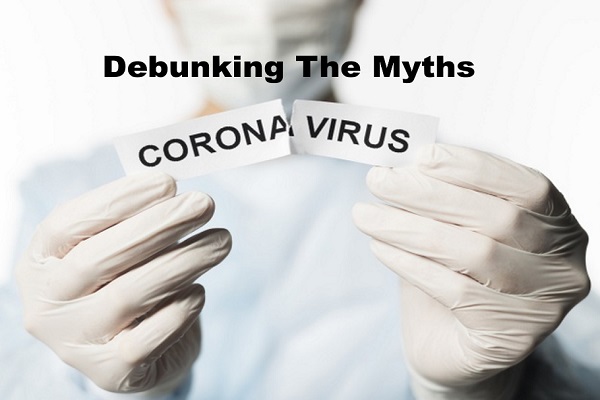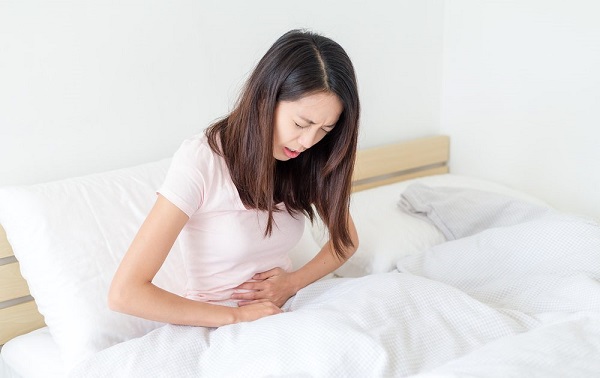It is essential to dispose of any unwanted medication safely to prevent other people or animals from taking them by mistake. Discarded drugs can cause harm to people and the environment.
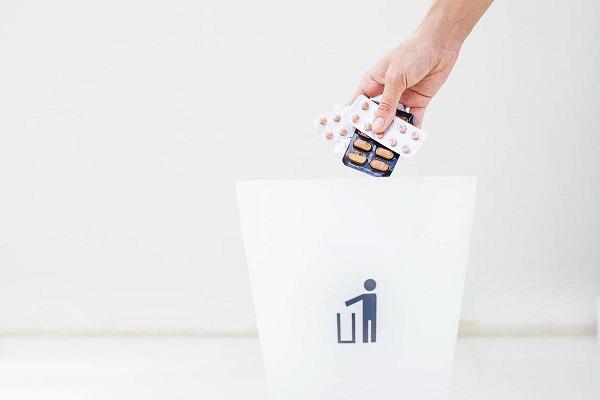
A person should dispose of any medication that is past its expiry date.
The Food and Drug Administration (FDA) provide guidelines about how to properly dispose of medications, including pills, syringes, and inhalers. In most cases, the best way to dispose of most medications is to use an official drug take back facility. These are businesses or locations registered with the Drug Enforcement Administration (DEA) to collect or accept old medicines. People can find their nearest drug take back facility through the DEA website.
In rare instances, people can flush dangerous drugs down the toilet to limit the risk of someone else coming across them. The FDA flush list offers a comprehensive list of these drugs.
Why is proper disposal important?
Some drugs can be very dangerous and even fatal for a person who does not have a prescription for them. Children and pets may be especially at risk of coming into contact with improperly stored or disposed of drugs.
People will need to dispose of any medication that is:
- past the expiry date
- unwanted
- unused
- damaged or contaminated in any way
- unidentified
People or animals outside of the house may also be at risk if they find improperly disposed of medication in the trash. Disposing of medication properly can help to prevent people from misusing potentially dangerous drugs.
It is essential to dispose of unwanted or expired medication immediately. Left lying around, other people may take it by mistake, which could mean it does not work as expected, or even be dangerous.
Unwanted or expired medication
Follow any disposal instructions provided for prescription or over-the-counter (OTC) medicine. If there are no specific instructions on how to dispose of it, people can take the following steps, depending on the situation:
1. Flushing medication
Some drugs need immediate disposal as they can cause harm to others. If no drug take back facility is available, the FDA recommend that people flush these types of medicines down the toilet.
The FDA recommend that people flush medications containing the following ingredients straight away:
- acetaminophen
- benzhydrocodone
- buprenorphine
- diazepam
- fentanyl
- hydrocodone
- hydromorphone
- meperidine
- methadone
- methylphenidate
- morphine
- oxycodone
- oxymorphone
- sodium oxybate
- tapentadol
Fentanyl patches, in particular, can cause harm to anyone who has not received a prescription for them. Fentanyl patches provide powerful pain relief medication through the skin. A significant amount of the drug remains in the patch even after use, so it could cause harm to a child or another person who picks it up by accident. Fentanyl comes with instructions on how to flush used and surplus patches safely.
The FDA believe the potential risks of improperly disposed of medication, which can be fatal if used accidentally, outweigh the potential impact on the environment. In a 2017 study, researchers looked at the effects of medications on the FDA’s flush list entering water supplies. The results showed all drugs on the list posed an insignificant risk for both the environment and human health when flushed.
According to the FDA, a more considerable amount of drug waste enters water supplies due to medicines passing through the body and entering the waterways through human waste.
2. Putting medications in the trash
If there are no drug take back facilities locally and the medication does not contain any instructions about safe disposal, and they are not on the flush list, it is safe to dispose of most drugs in the trash by:
- taking the medications out of their packaging
- mixing the medication with a substance that will deter children and animals, such as dirt, cat litter, or coffee grounds
- taking care not to crush any tablets or capsules
- placing the medicine in a sealed plastic bag or another sealed container
- throwing the container into the trash
- recycling the empty medicine bottle or packaging, taking care to obscure any personal information first
Needles and syringes
Properly disposing of needles and syringes prevents people from getting cuts or punctures from them.
People can dispose of needles and syringes at home with the following steps:
- immediately after using them, place used needles or syringes into a sharps disposal container
- make sure to keep sharps disposal containers well out of reach from children and animals
- take care not to overfill a sharps disposal container
if traveling, carry a travel-size sharps disposal container
if traveling by plane, check the Transportation Security Administration (TSA) website for up-to-date information
once it is three-quarters full the container is ready for disposal at a drop-off point
A person may be able to drop a sharps container off at:
- collection sites, such as hospitals, doctors office, or pharmacies
- hazardous waste collection points
- mail-back programs for FDA approved sharps disposal containers
Sometimes, a trained collector can come to a person’s house to collect the sharps disposal containers. People can check with their local trash removal services or health facilities to find out which facilities are available in their area, and whether a fee applies.
Inhaler products
Improper disposal of inhalers can be dangerous if they become punctured, are set on fire, or thrown in an incinerator. People can contact their local trash or recycling center to find out how best to dispose of inhalers or any aerosol products.
Summary
It is essential to dispose of unwanted medicines correctly. Children or pets may be especially at risk of accidentally taking improperly discarded drugs. Medications can be hazardous and even fatal if people misuse or take them by accident when a doctor has not prescribed them.
The best option for disposing of medication is to take it to a registered drop-off collection point or have a trained waste handler collect the medicines from the house. If this is not possible, it is best to immediately flush any medications that appear on the FDA’s flush list down the sink or toilet.
If a medication is not on the flush list, people can dispose of their drugs in the trash, following the steps listed in this article. People can use a sharps disposal container to dispose of any needles and syringes.
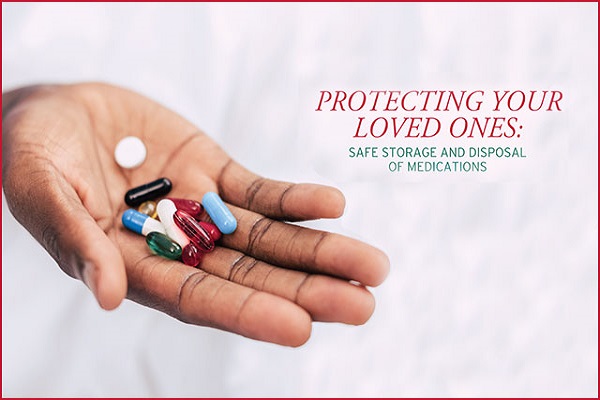
Source: https://www.medicalnewstoday.com/
Should you have any questions, please do not hesitate to contact us:
City International Hospital
- Phone: (8428) 6280 3333, ext. 0
- Address: No. 3, 17A Street, Binh Tri Dong B Ward, Binh Tan Dist. (Next to AEON Mall Binh Tan). Ho Chi Minh City.
- Website: https://cih.com.vn/en/
- Email: This email address is being protected from spambots. You need JavaScript enabled to view it.
Pharmacity Clinic (Managed by City International Hospital)
- Clinic location: 44 Quoc Huong, Thao Dien, District 2, Ho Chi Minh City.
- Helpline: (028) 700 3350 - 093 357 6086
- Clinic hours: 7:30 a.m. - 8:30 p.m.
- Consultation fee: 70,000 dong per visit.
General disclaimer
Always consult your doctor regarding any concern about your health. Your doctor will be in the best position to give the appropriate medical advice. For suspected undesirable drug reaction and seek medical attention immediately.











